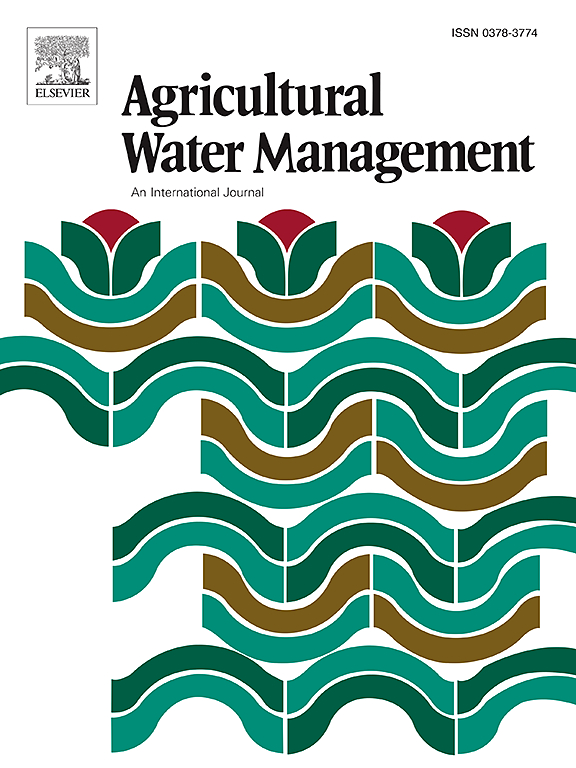The vulnerability of regional agriculture regarding irrigation water from the Tagus-Segura transfer
IF 6.5
1区 农林科学
Q1 AGRONOMY
引用次数: 0
Abstract
Input–output tables provide a useful tool for analysing economic and environmental impacts, which has led to their extension beyond the national level to the regional level. The availability of the intermediate demand matrix allows for the extraction of income multipliers and employment multipliers to assess the environmental impacts of different economic activities. This can intuitively be expected to play an important role in economic growth and employment in many regions, and to allow for more precise policy decision-making and application in sustainable development strategies. Despite the relevance of these input-output tables at regional level, there is an almost total absence of official data in most countries. This has led to the development of regionalisation methodologies, among which are those based on the application of location quotients. In these methods, corrections are applied to the obtained variables that depend on the value given to certain unknown parameters. This paper use a proposal of a simple and efficient procedure for estimating these parameters from generally available information on road freight transport and goods imports from the rest of the world. Applying them to estimate the input-output matrix of the Region of Murcia (Spain) made it possible to measure the economic impact of the Tagus-Segura transfer and to assess the impact of a reduction in the volume of transferable water. A hybrid approach was applied to obtain the Bi-Regional Input-Output matrix, which combines pure non-survey methods with matrix-balancing methods. This study quantifies the total contribution (direct, indirect and induced) of the agricultural branches associated with the irrigation water of the Tagus-Segura transfer to the economic output of the Region of Murcia. In addition, it estimates that a 50 % reduction of the current transferable volume of water would reduce regional output, Gross Value Added and regional employment by 1.6 %, 1.5 % and 3.8 %, respectively.
区域农业在从塔古斯-塞古拉转移的灌溉用水方面的脆弱性
投入产出表是分析经济和环境影响的有用工具,已使其从国家一级扩展到区域一级。有了中间需求矩阵,就可以提取收入乘数和就业乘数,以评估不同经济活动对环境的影响。可以直观地预期,这将在许多区域的经济增长和就业方面发挥重要作用,并使可持续发展战略的决策和应用更加精确。尽管这些投入产出表在区域一级具有相关性,但大多数国家几乎完全没有官方数据。这导致了区域化方法的发展,其中包括基于应用位置商的方法。在这些方法中,对所获得的变量进行校正,这些变量依赖于给定给某些未知参数的值。本文提出了一种简单而有效的程序,根据一般可获得的关于公路货运和从世界其他地方进口的货物的资料估计这些参数。应用它们来估计穆尔西亚地区(西班牙)的投入产出矩阵,就有可能衡量塔古斯-塞古拉转移的经济影响,并评估减少可转移水量的影响。采用纯非调查法和矩阵平衡法相结合的混合方法获得双区域输入输出矩阵。本研究量化了与塔古斯-塞古拉河灌溉用水转移相关的农业部门对穆尔西亚地区经济产出的总贡献(直接、间接和诱导)。此外,据估计,当前可转移水量减少50% %将使区域产出、总增加值和区域就业分别减少1.6 %、1.5 %和3.8 %。
本文章由计算机程序翻译,如有差异,请以英文原文为准。
求助全文
约1分钟内获得全文
求助全文
来源期刊

Agricultural Water Management
农林科学-农艺学
CiteScore
12.10
自引率
14.90%
发文量
648
审稿时长
4.9 months
期刊介绍:
Agricultural Water Management publishes papers of international significance relating to the science, economics, and policy of agricultural water management. In all cases, manuscripts must address implications and provide insight regarding agricultural water management.
 求助内容:
求助内容: 应助结果提醒方式:
应助结果提醒方式:


